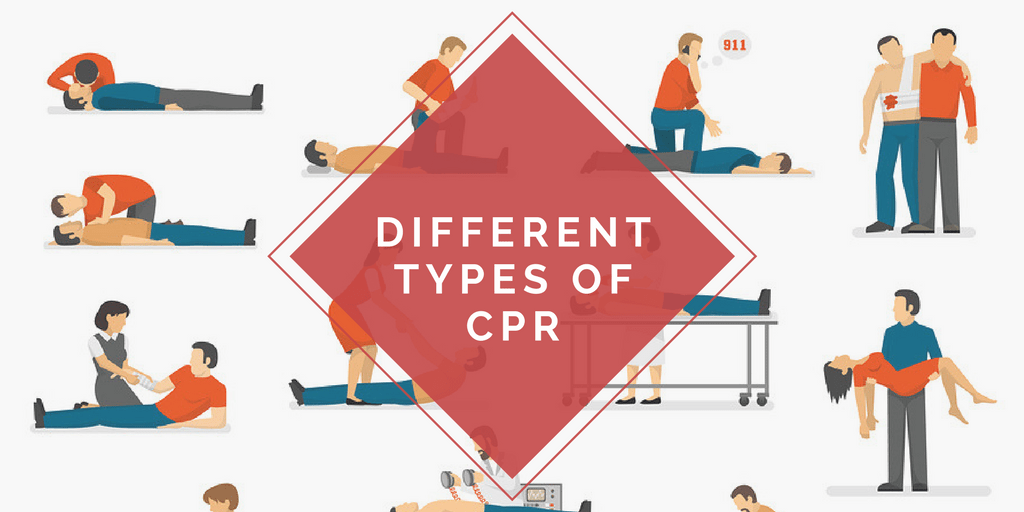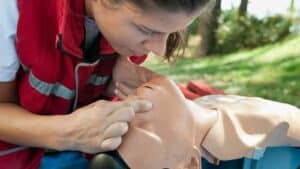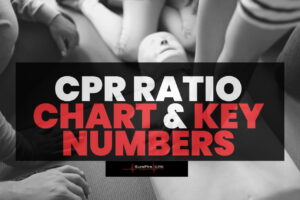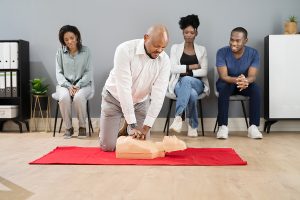
Cardiopulmonary resuscitation (CPR) training is no longer the only emergency training out there. There are many different types of training for medical professionals, doctors, nurses, paramedics, medical students and firefighters. They can sign up for these various types of training and certifications to learn the best ways to save a life.
The most common training options for the medical field after CPR training include, but are not limited to: ACLS certification, PALS certification and NRP certification. Now, let’s take a closer look at each of these additional life-saving training classes, along with basic CPR certification.
ACLS Certification
ACLS stands for Advanced Cardiovascular Life Support. CPR training is one technique of the Advanced Cardiac Life Support algorithm. This course teaches all the aspects of what a healthcare professional would do when faced with an emergency.
ACLS training is meant for health care professionals that deal with emergencies related to adults. This includes doctors, nurses, respiratory therapists, and paramedics. Students need to know how to read ECG rhythms and identify the proper medication doses for the patient.
During an ACLS certification class, students will learn about the following topics:
- How to identify and manage respiratory and cardiac arrest
- Airway management
- ACLS pharmacology terms and definitions
- Basic life support (BLS) review
- How to manage acute coronary syndromes and stroke
- How to contribute to a resuscitation team as both a leader and team member
The benefits of ACLS certification training include:
- World-Class Lessons: Students can gain deep insights into how to provide proper support during cardiac arrest emergencies and other critical situations.
- Hands-On Classroom Training: ACLS certification programs require hands-on training to ensure each student is fully prepared to provide life-saving assistance in emergencies.
- Engaging Learning Experience: During an ACLS class, students are encouraged to ask questions and participate in discussions to gain the insights they need to thrive in life-threatening scenarios.
Usually, an individual can complete an ACLS class in one day. An initial ACLS certification class often requires about 12 hours to complete. Comparatively, an ACLS renewal course takes about six hours to finish.
Upon successful completion of an ACLS certification class, a student will receive a certification card that will remain valid for two years. Typically, the certification card will be given to a student on the same day that he or she finishes the class.
All ACLS classes are taught by experienced medical and healthcare personnel. This means that students can receive guidance from expert instructors who have served as firefighters, nurses and paramedics.
PALS Certification
PALS training is ideal for healthcare professionals and medical personnel who may encounter pediatric emergencies. The training emphasizes a variety of topics, including:
- How to take a systematic approach to pediatric assessment
- The importance of proper management of pediatric respiratory emergencies
- Vascular access
- Airway management
- PALS pharmacology terms and definitions
- Evaluation of various pediatric case studies and simulations
PALS training offers many benefits, including:
- Advanced Training: PALS training focuses on the challenges of pediatric emergency management and teaches students how to deliver life-saving support to infants and children.
- Scenario-Based Lessons: During a PALS class, a student will be exposed to a variety of real world emergencies that involve infants and children.
- Comprehensive Insights: A PALS class is always taught by an experienced medical professional who can offer extensive insights into a broad range of adolescent emergency topics.
An individual will be able to complete a PALS class over the course of one to two days. An initial PALS class requires about 12 hours to complete, while a PALS renewal course takes roughly six hours to finish. Furthermore, each student will receive PALS certification that remains valid for two years upon successful completion of a PALS class.
NRP Certification
NRP training is recommended for healthcare personnel who are involved in the delivery of newborns. Healthcare professionals who may benefit from NRP certification include:
- Labor and Delivery Nurses
- Neonate Intensive Care Unit (NICU) Nurses
- Respiratory therapists
- NICU Physicians
An NRP class focuses on the following topics:
- The identification and use of neonatal resuscitation equipment
- Initial assessments of newborns
- Positive pressure ventilation
- How to perform neonatal CPR and intubation
- Medication dosing and administration
- The use of neonate skills in an emergency (neonatal megacode)
The benefits of enrolling in an NRP class include:
- In-Depth Lessons: The NRP course consists of three components: a self-paced online training module with simulated scenarios, hands-on skills practice in person with an instructor and a hands-on skills test with an instructor. This ensures students are able to build their confidence by asking questions and practicing the skills they will need in an emergency.
- Expert Support: An NRP class features an expert instructor that works in the NICU who is happy to help students become key contributors in a neonatal emergency.
In many instances, NRP certification is mandatory for all healthcare personnel who work in labor and delivery and the NICU. The certification will stay active for two years. Plus, after a student successfully completes an NRP training program, he or she will be able to receive a certification card on the same day.
Basic Life Support CPR Training
CPR Training for healthcare providers, also know as Basic Life Support (BLS) for Healthcare providers is a required pre-requisite for all the advanced classes mentioned above.
The benefits of BLS training include:
- One-of-a-Kind Learning Experience: Many BLS classes feature instructors who work in the healthcare or medical field and can provide students with an informative and engaging CPR learning experience.
- Immense Flexibility: Many BLS training programs are available in cities and towns nationwide, ensuring anyone can learn the ins and outs of CPR at their convenience.
A BLS course is highly recommended for anyone who works in the healthcare field. That includes doctors, nurses, dentists, EMTs, medical assistants, paramedics, fire fighters, dental assistants, and many more. Any person who is a professional and works with patients will need the BLS course.
When you finish your BLS course, you will be provided with a certification card that will be effective for two years. It is very important for those who have been previously certified to continue to keep up with the changes in the field of CPR and various other trainings. Changes and updates in the field do happen and techniques do change. Therefore, maintaining an honest approach to one’s certification is very important.
Getting certified in BLS, ACLS, PALS, etc. is as easy as finding a location that is convenient to the individual and remaining committed to the program. Most places will provide honest feedback and a friendly and open environment. In addition, they will also be extremely professional and take the training very seriously; as should the individual who has signed up for the course.
Enroll in a Training Program from SureFire CPR
SureFire CPR is a top provider of ACLS, PALS, NRP and BLS training in Southern California. We employ experienced healthcare and medical personnel who provide students with the guidance they need time and time again. By doing so, we provide a stress-free environment for students to learn to become life-savers in their local communities.
Check out the large selection of training programs available from SureFire CPR – you’ll be glad you did. You can choose from dozens of introductory and advanced training programs to build the skills you need to administer life-saving support at any location, at any time.










